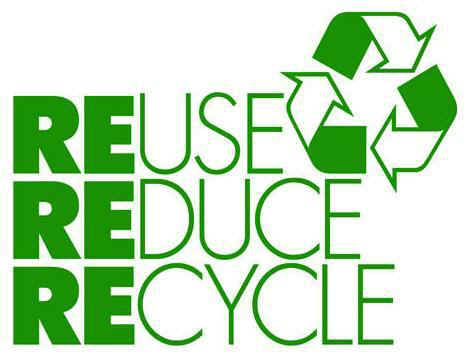Painting kitchen cabinets and refinishing older furniture are easy DIY projects that can produce big returns. Preparation is the foundation for a successful result and the first step is to clean the surface. Dish soap, like Dawn, and water work great for degreasing and stripping wax off of stained and painted surfaces. It is mild and rinses off easily. Tri sodium phosphate (TSP) is not recommended since it can leave residue if not rinsed completely and can cause the paint not to adhere. Make sure to use a soft bristle scrub brush and get into the corners and tight areas where dirt can build up. Once the surface is clean and allowed to dry, a light scuff sanding in the direction of the woodgrain is best for promoting adhesion. Liquid sandpaper is not recommended since it can sometimes interfere with adhesion. Just make sure to scuff the surface and not to sand through the existing coating. Now you can repair any damage with wood filler and fill in the old knob and handle screw holes if you are going to replace the hardware. Remove any sanding dust with a tack rag and get ready to prime.
The best tool for painting furniture and cabinets is the mini roller system. Using the microfiber rollers with this tool will not only get the job done fast, usually without the use of a brush, but this roller can give a beautiful smooth and sprayed-like finish! For priming, we use Stix waterborne bonding primer by Insul-x. This is a low odor, high adhesive primer that bonds to most anything, including laminates. On older stained wood sometimes the stain will bleed through a waterborne primer. When this occurs we switch to a white shellac based primer like Zinsser’s BIN primer. This will block any bleeding stains from coming through the paint. When painting doors or shelves that are not attached to the cabinet, it is best to coat the backs or bottoms first then flip them over to do the face side. When the primer is dry it can be lightly sanded with fine grit sanding pads to help flatten the surface and remove any applicator marks. This is an optional step but will make a smoother final finish. Multiple coats of primer is not needed for adhesion, but with sanding between each coat it can help mask the texture of hardwood grain such as oak. Just don’t sand all the way through the primer and don’t forget to dust with the tack rag!
The finish coat is last and there are many to choose from. Benjamin Moore’s Advance is a great choice. It is a low VOC, waterborne oil based product which gives a smooth finish with no applicator marks, cleans up with soap and water, and is very tough and durable. A note of caution, as with any product with an oil based resin, it will yellow slightly over time. If you want a white finish that stays white, then we recommend using Cabinet Coat by Insul-x or Ultra Waterborne by Muralo Paint. All of these finishes are very tough and do not require a top coat of polyurethane or wax , since they are hard enough on their own to withstand heavy use. Two coats of finish are recommended for best results, and light sanding between coats is optional, but will help produce the smoothest, factory-look finish possible. Once the finish has dried, any decorative painting or glazing can be done to the surface. Get some new decorative hardware, line the drawers or boxes, and now you have a new piece of furniture or set of cabinets to use in your home for the price of some paint and a weekend’s worth of time! Remember, all coatings take some time to cure to their final hardness, so be gentle with your newly painted piece for a few weeks after painting.
Repurposing and recycling can be cheaper than buying new and gives life to older cabinets and furniture. It’s easier than you think! Blue Jay Paint and Blinds has all the supplies you need and we can help you with advice and suggestions to make your project perfect.

